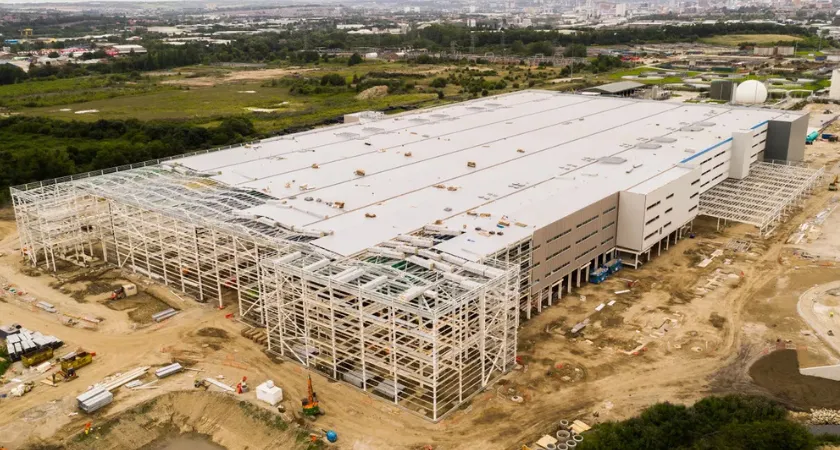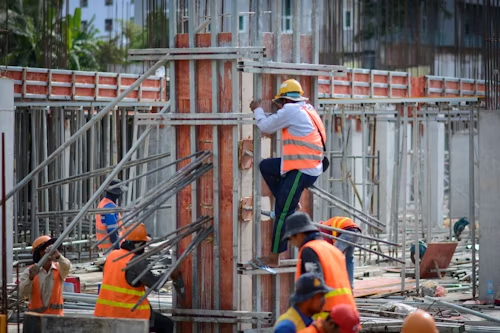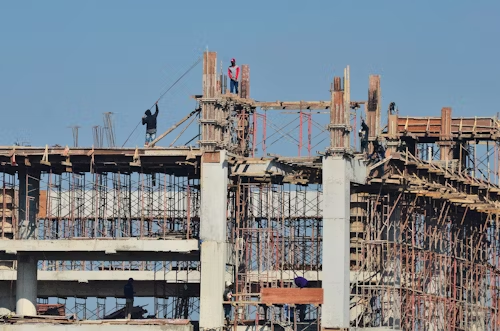
A surge of large-scale projects has propelled U.S. construction planning to record levels, according to new data from Dodge Construction Network.
The Dodge Momentum Index (DMI)—a measure of nonresidential building projects entering the planning stage and a key leading indicator for construction spending—jumped 20.8% in July, signaling a wave of new development after months of uncertainty. Commercial planning rose 14.2%, while institutional projects skyrocketed by 35.1% during the month, following a 6.8% gain in June.

“Planning data skyrocketed in the month of July on the back of several large projects entering the planning queue for data centers, research and development labs, hospitals and service stations,” said Sarah Martin, associate director of forecasting at Dodge Construction Network. “After months of wait-and-see due to tariff uncertainty, owners and developers have begun to move forward with projects and assumed higher costs for them.”
Developers are absorbing higher material costs stemming from tariffs on steel, aluminum and other building inputs. While these tariffs had stalled or canceled some projects, Martin noted that activity in certain sectors—especially data centers and warehouses—is pushing momentum forward.
“Combined with more organic momentum in planning for hotels, warehouses and recreational projects, cumulative activity drove record highs in the DMI,” Martin added. “As economic and fiscal uncertainty remains prevalent, volatility in planning activity will remain elevated.”
The commercial sector is seeing particular strength from the data economy. Major projects entering planning in July included:
Meanwhile, institutional planning posted the biggest gains, with education, healthcare, and government projects driving an 85% year-over-year increase. Notable projects included:

The surge comes as the construction sector adapts to U.S. trade policy. Tariffs imposed under the Trump administration—potentially rising as high as 250% over the next year and a half—have increased project costs. Still, developers with strong financing or strategic urgency are moving ahead despite the pressure.
This resilience reflects a longer-term shift in U.S. development priorities. Data center expansion, driven by cloud computing and artificial intelligence, and warehouse growth, fueled by e-commerce demand, are increasingly central to the nonresidential construction landscape.
Overall, the DMI rose 41% year-over-year compared to July 2024, with commercial planning up 24% and institutional planning nearly doubling. Even without the surge in data centers between 2023 and 2025, commercial planning would still be up 26% year-over-year, fueled by logistics and warehouse projects, Dodge noted.
In total, 47 projects valued at $100 million or more entered planning in July, underscoring how big-ticket developments are reshaping the industry’s pipeline.
Originally reported by Sebastian Obando in Construction Dive.